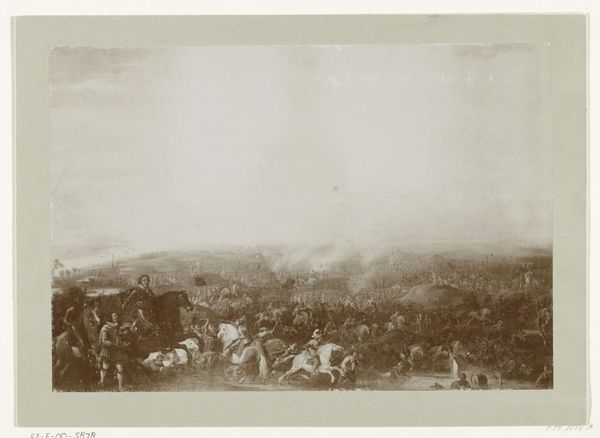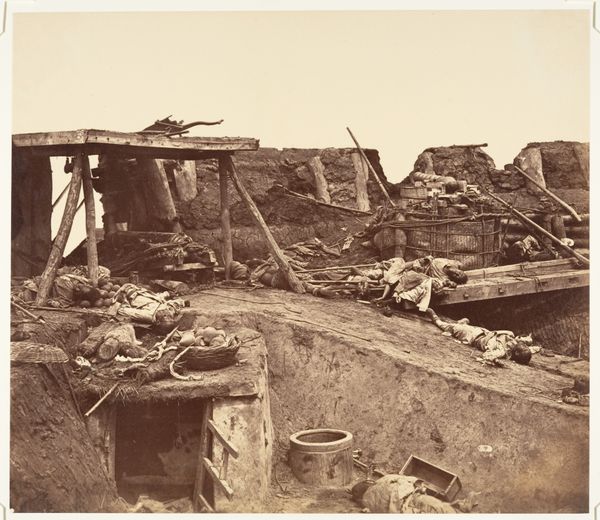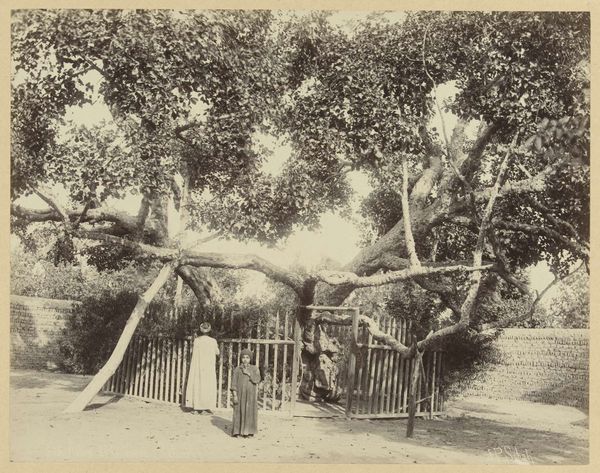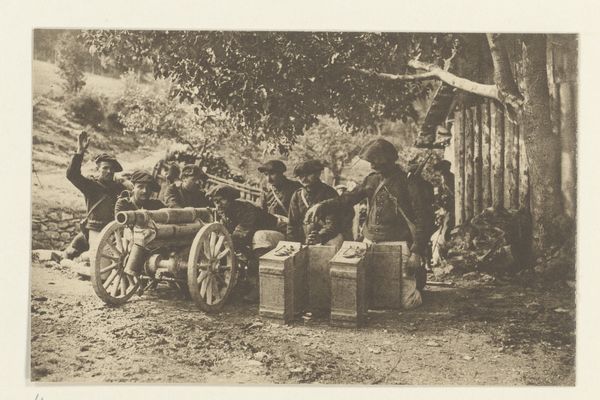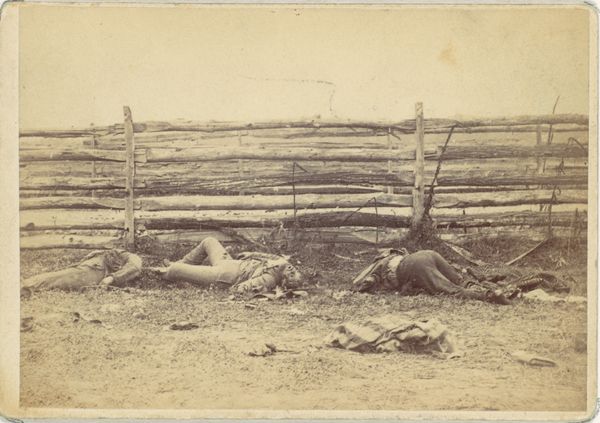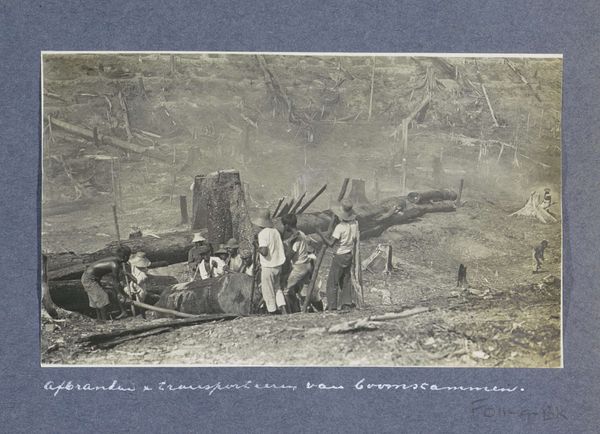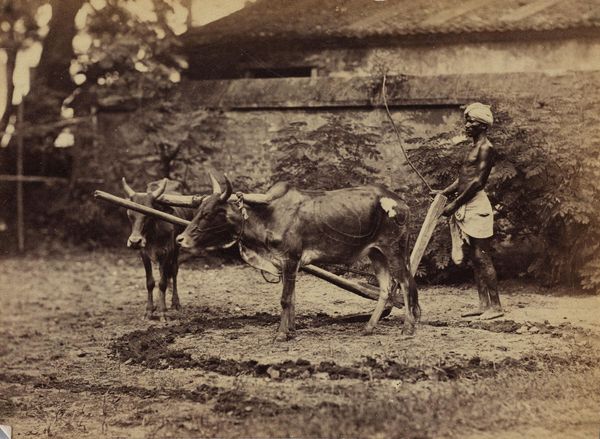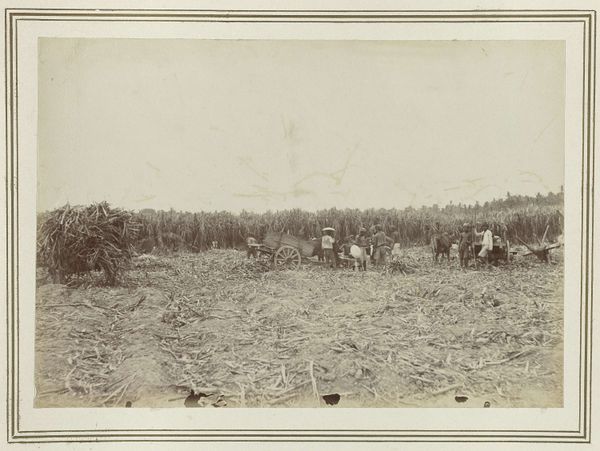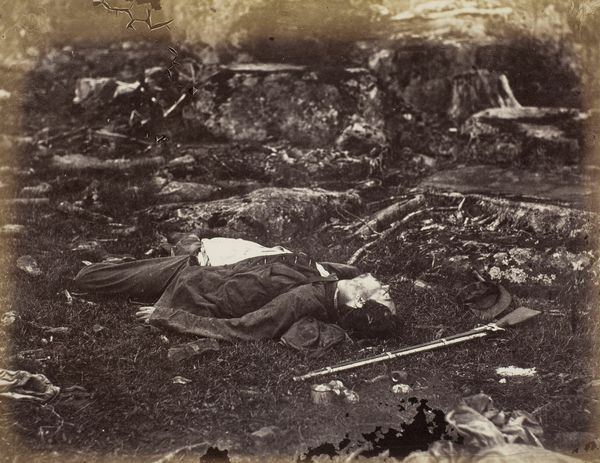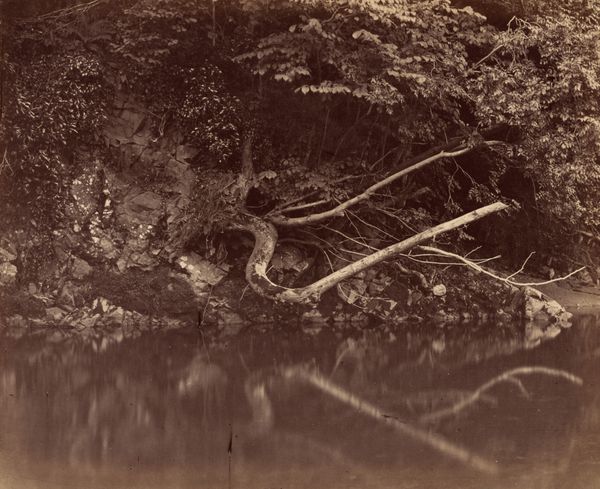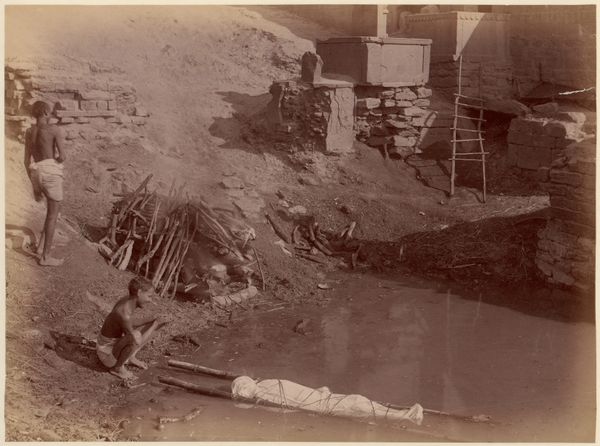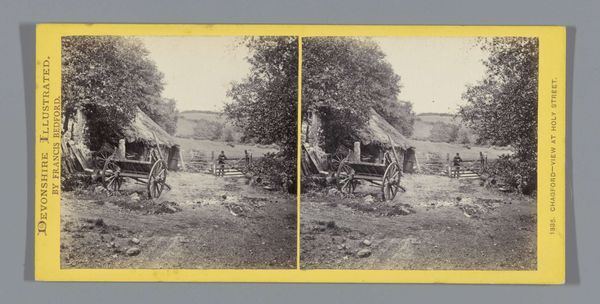
photography
#
portrait
#
african-art
#
still-life-photography
#
photography
#
orientalism
Dimensions: height 209 mm, width 275 mm
Copyright: Rijks Museum: Open Domain
Editor: This albumen print, “Cremation of the Body of a Boy in Siam,” was taken sometime between 1870 and 1900 by G.R. Lambert & Co. The stark reality captured in the photograph is really quite disturbing, a mix of the exotic and the morbid. What do you see in this piece, in terms of its historical context? Curator: The photograph is definitely arresting. It participates in a colonial gaze, one we see frequently in Orientalist photography of the period. The act of photographing a cremation, especially of a child, becomes a way of "documenting" a culture perceived as "other," exotic, and perhaps even barbaric from a Western perspective. We need to consider how this image would have been viewed by its intended audience back home. Editor: So, the photograph is less about empathy and more about reinforcing a specific worldview? Curator: Exactly. The image enters a marketplace of ideas, perpetuating existing power structures and assumptions about Southeast Asia. Photography was still relatively new, offering an immediacy and "truth" that could be easily manipulated. How does the setting and the subjects’ apparent lack of self-consciousness play into that, do you think? Editor: I guess the very act of documenting the cremation almost removes the intimate ritual from its true context, turning it into a spectacle. The fact that the photographer had such access speaks volumes, doesn't it? Curator: It absolutely does. And the photograph then circulates in albums and exhibitions, re-enforcing its message each time. Think about the institutional support required for these types of projects. Understanding all these factors gives us a broader view of the colonial dynamics at play. Editor: This conversation really highlights the power of photography, not just to capture a moment but to actively shape cultural perceptions and even justify political agendas. Curator: Precisely! We've unpacked a narrative far more complex than the photograph first reveals. A sobering reflection on image, power and representation.
Comments
No comments
Be the first to comment and join the conversation on the ultimate creative platform.

